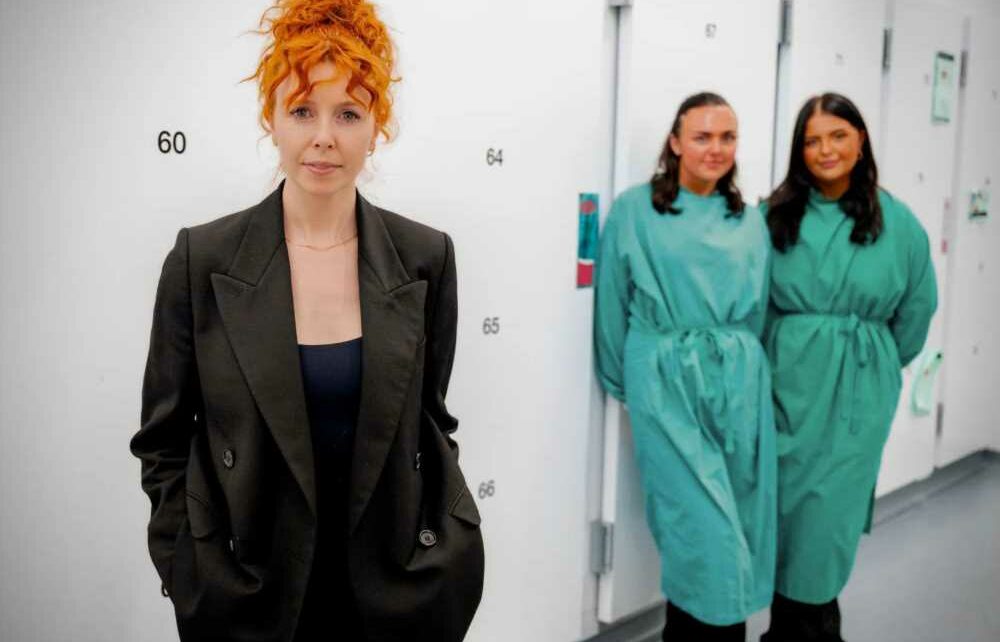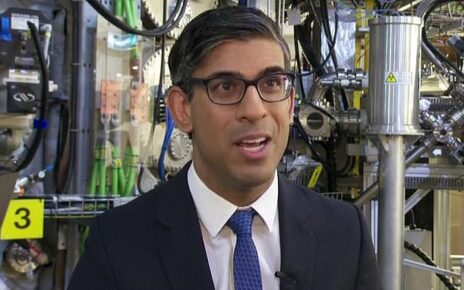A MORTUARY manager has revealed how she spends her days surrounded by dead bodies and odd smells – and how her friends are gobsmacked by her job.
Isobel Walton, 24, says she "stuck out like a sore thumb" on training courses.

Her family have always been supportive, but her friends were "gobsmacked" when she told them what she would be doing.
Ms Watson was one of the embalmers Stacey Dooley met behind the scenes in her latest documentary "Inside the Undertakers".
In the documentary, the TV presenter confronts her fear of death and witnesses an embalming.
Embalming is done to preserve a corpse and uses chemicals to slow down the effects of natural deterioration.
The process takes around two hours to complete and requires a solution that combines formaldehyde, natural oils, colourants and water which help restore the appearance of the skin.
She washes the bodies, combs or shaves their hair, dresses them and applies makeup to make the deceased look presentable in front of their loved ones.
In a recent interview with the BBC, Ms Walton spoke about the importance of her role and the time she spends preparing the bodies so their loved ones can spend time with them before they're laid to rest.
She adds: "I put a lot of time and effort into what I do. I don't think people realise how much care goes into the role."
Most read in The Sun
 CLUB ROW
CLUB ROW
Moment Tom Daley’s husband ‘grabs’ BBC star’s arm in front of Love Island ex Amber
 FINAL GOODBYE
FINAL GOODBYE
Home And Away star Johnny Ruffo dies aged just 35 after brain cancer battle
 THE LOST GIRL
THE LOST GIRL
Inside the appalling murder of missing teen Charlene Downes in Blackpool
 WHERE EVIL BEGAN
WHERE EVIL BEGAN
Inside lair where Hamas plotted Israeli kibbutz atrocity with 3D model
Ms Walton and her colleagues embalm over 50 per cent of bodies that enter the mortuary – they can give bodies colour and "plumpness again" making them appear more "lifelike" which is needed when families request an open casket for their funeral service.
Ms Walton's job requires adaptability as no two bodies are the same – sometimes she has to carry out reconstruction work on a body.
When someone has suffered a traumatic death she must first embalm the damaged tissue and then use wax and special wax to patch up the body.
It's not like "living people makeup," she explains to the BBC – "We use mortuary makeup, so it sits on chilled skin better."
Currently, Ms Walton is embalming around three to four bodies a day but is set to be busier around the winter period from December to March.
She told the BBC: "There are no windows, the only time I see daylight is to go and make a coffee."
She explains the difficulty in keeping her emotions under control when meeting the mourning families but says she tries to switch off and focus on providing a professional service.
Ms Walton is already challenging stereotypes in the mortuary and funeral industry but wants more females to join what is typically a male-dominated scene.
When she is asked to assist at a funeral service Ms Waton says, she is often the only female pallbearer there – but recently, at one funeral, four women were working.

Source: Read Full Article


